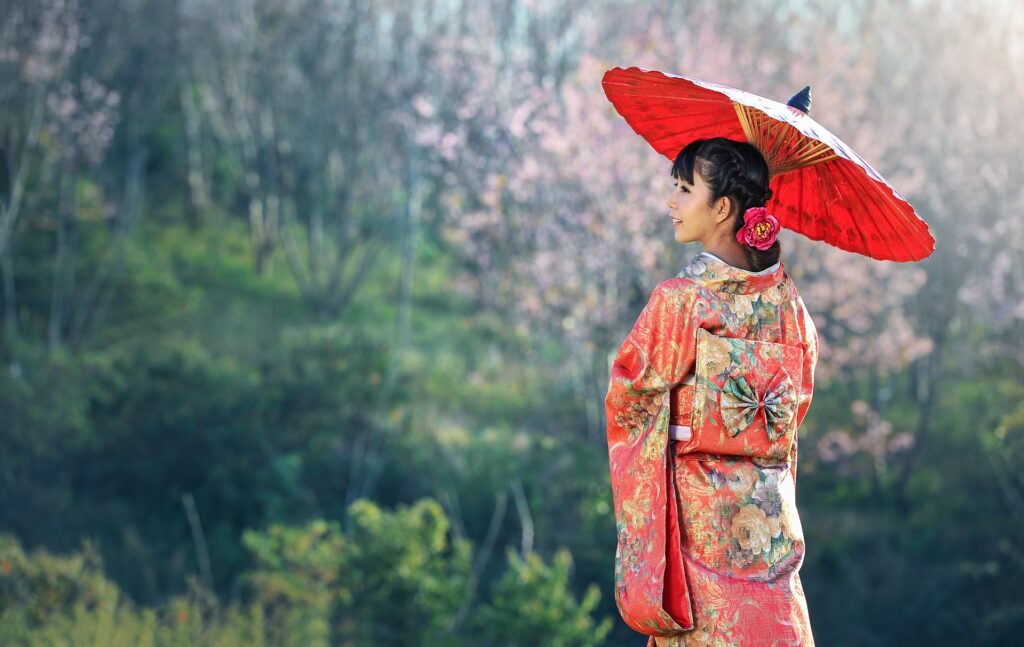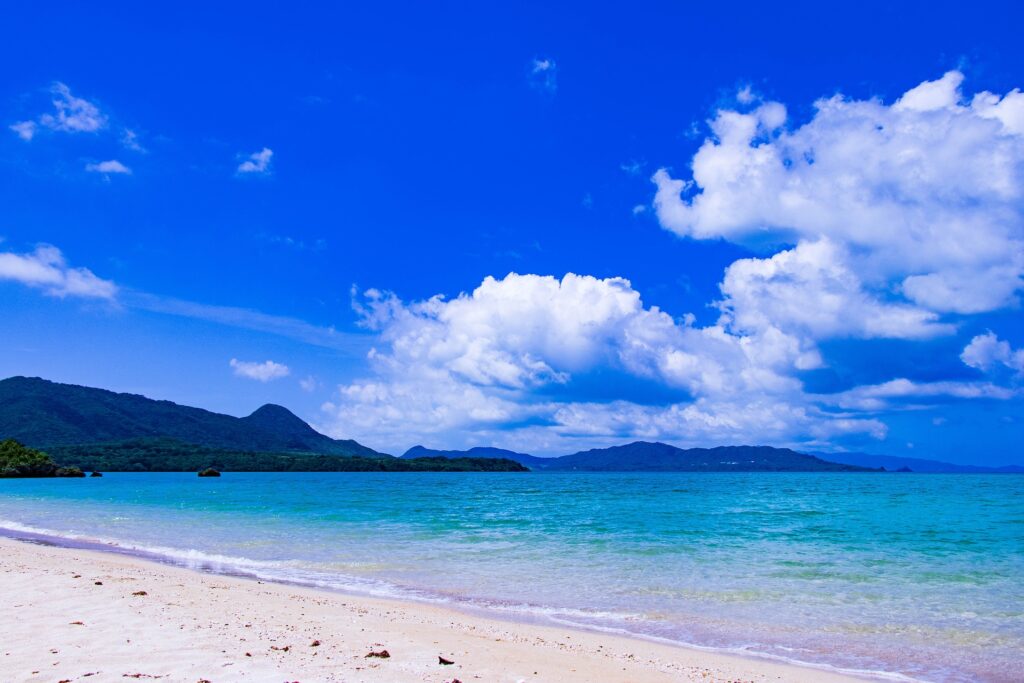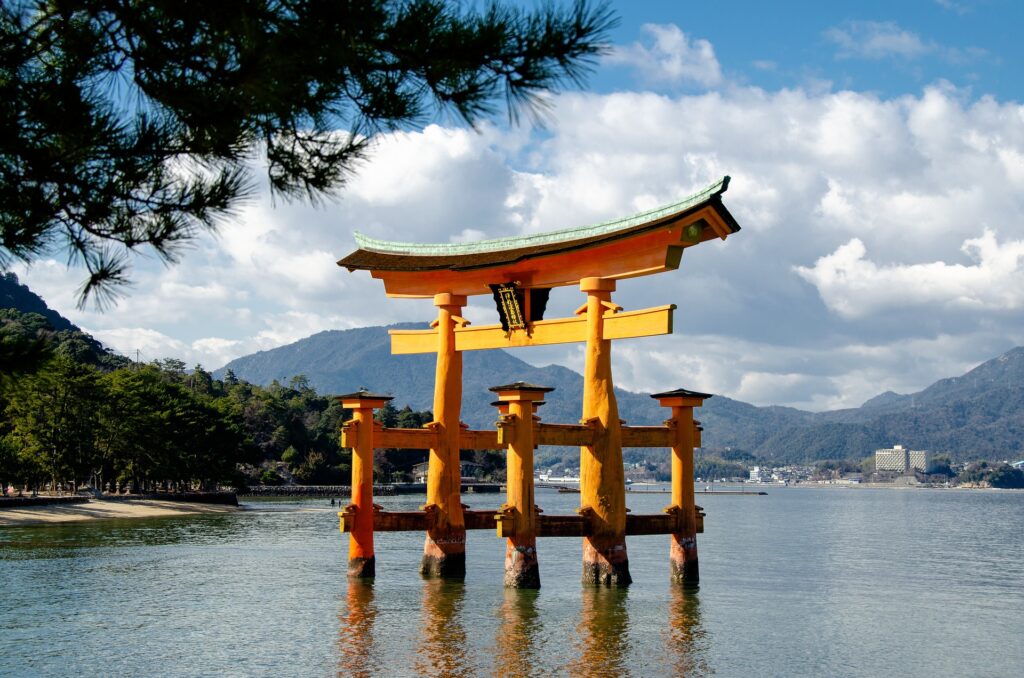Five Things You Were Unaware of About Japan

Discovering little-known sides of Japan
When we talk about Japan we usually picture hectic or imperial megalopolises, samurai, kimonos and Shinto sanctuaries. Though these images do effectively define the character of the country, the Land of the Rising Sun also has plenty of other secrets to reveal besides. Here are some of them, shared notably by naturalist-guide and expedition leader Ryo Ijichi.
The village of Sakitsu: an iconic site of Christianity
Kumamoto Prefecture is home to the tiny fishing village of Sakitsu and its host of traditional Japanese wooden houses. One of the buildings in the centre of the village comes as a surprise to visitors: a church designed in a Western architectural style. For 300 years during the Edo period (1600–1868), the government in fact prohibited Christianity, the practice of which was punishable by torture. However, when the prohibition came to an end in the Meiji era, it turned out that the practice of the religion had survived in secret. Thus in 1937, a French Catholic priest, Père Halbout, rebuilt Sakitsu Church. “The priest lived here for the rest of his life and died in this village. His grave is right by the church. Today, more than 20% of the population here is Catholic, which is a lot for Japan,” explains Ryo Ijichi.

The islands of Okinawa: an archipelago surrounded by coral
White sandy beaches, crystal-clear waters… the Okinawa Islands are a haven of beauty with a tropical climate. In particular, they are an Eden for tropical fish and coral reefs! The richness of the seabed is basically due to the Kuroshio, a temperate current of very pure water that provides a perfect environment for corals and marine wildlife. In fact, of the 800 species of coral that exist in the world, more than half have been observed in the sea around Okinawa. The islands are also a sanctuary where turtles come to lay their eggs and hammerhead sharks, manta rays and whales can all be seen – a range of biodiversity that attracts scuba diving and snorkeling enthusiasts, with the waters around the islands of Miyako, Kerama and Ryukyu, in particular, especially popular in this respect.
The fishing village of Ine: more than 200 funaya (stilt houses)
In the middle of the Edo era, the inhabitants of the town of Ine had the ingenious idea of constructing wooden houses in a distinctive architectural style on a narrow strip of land squeezed between the sea and the local hills. Mounted on stilts, the resulting dwellings consist of a boat shed at water level with a workshop or living space above. There are 230 of these funaya lining the entire length of the bay. “Its traditional wooden houses are in a miraculous state of conservation. You feel like you’re travelling back in time a few centuries,” marvels Ryo Ijichi. “It really is astonishing.”

The island of Yakushima: a primeval forest and the oldest cedars in Japan
The first site in Japan to be inscribed as UNESCO World Heritage, the island of Yakushima is home to a large number of yakusugi, or very old cedars, some of which are over one thousand years old. In the island’s centre, in fact, is a specimen named Jomon Sugi, which is around 7,000 years old and thought to be Japan’s oldest and largest cedar. Yakushima also serves as a source of inspiration for Japanese legends and works of fiction, the forest scenery depicted in the Studio Ghibli film “Princess Mononoke” being one such example of this.

The dunes of Tottori: a sandy desert by the sea
Located on the coast of the Sea of Japan, the Tottori desert, a band of sand two kilometres wide and sixteen kilometres long, is simply astonishing. A national treasure, this collection of dunes takes on very different appearances at different times of the year, even becoming covered with snow in winter: a completely surrealist sight! More can be learned about this geological formation by visiting the Sand Museum, where there are also huge sculptures (simply amazing!) made from sand and unlike anything else in the world to admire. Additionally, activities such as paragliding, sandboarding and horse or camel riding are also available.

Ryo Ijichi’s favourite
“The Seto route is the oldest maritime trade route in Japan. Right up until the end of the 19th century, all merchants sailing from Japan or abroad would use this route to get to the capital. There are therefore many temples and sanctuaries that served as places of worship to see and admire here and there, and visiting these today constitutes an astonishing trip back in time. The island of Miyajima, for example, is famous for its 12th-century Shinto sanctuary and its 16-metre-high torii, which appears to float on the water at high tide.“
Courtesy Ponant Magazine
Do we have you dreaming of you trip to Japan! Let us know how we can help make your travel dreams come. We help with customizing your travels worldwide. Look forward to hearing from you.
Look for more travel inspiration on Donna Salerno Travel YouTube Channel subscribe today, it’s FREE OR Twitter.
Happy Travels

Donna Salerno Travel
888-777-7820
